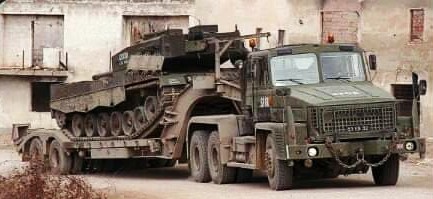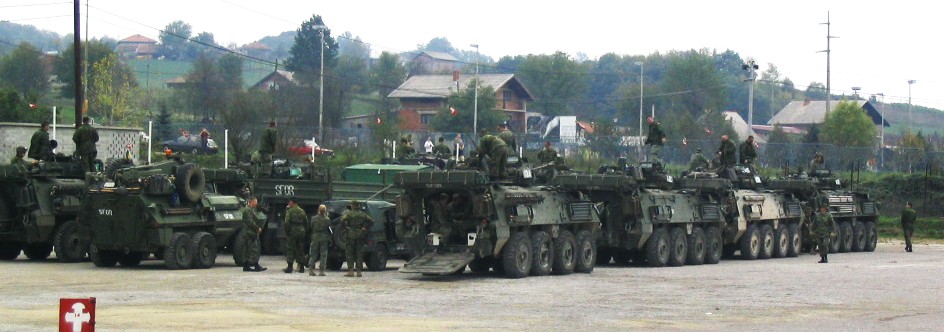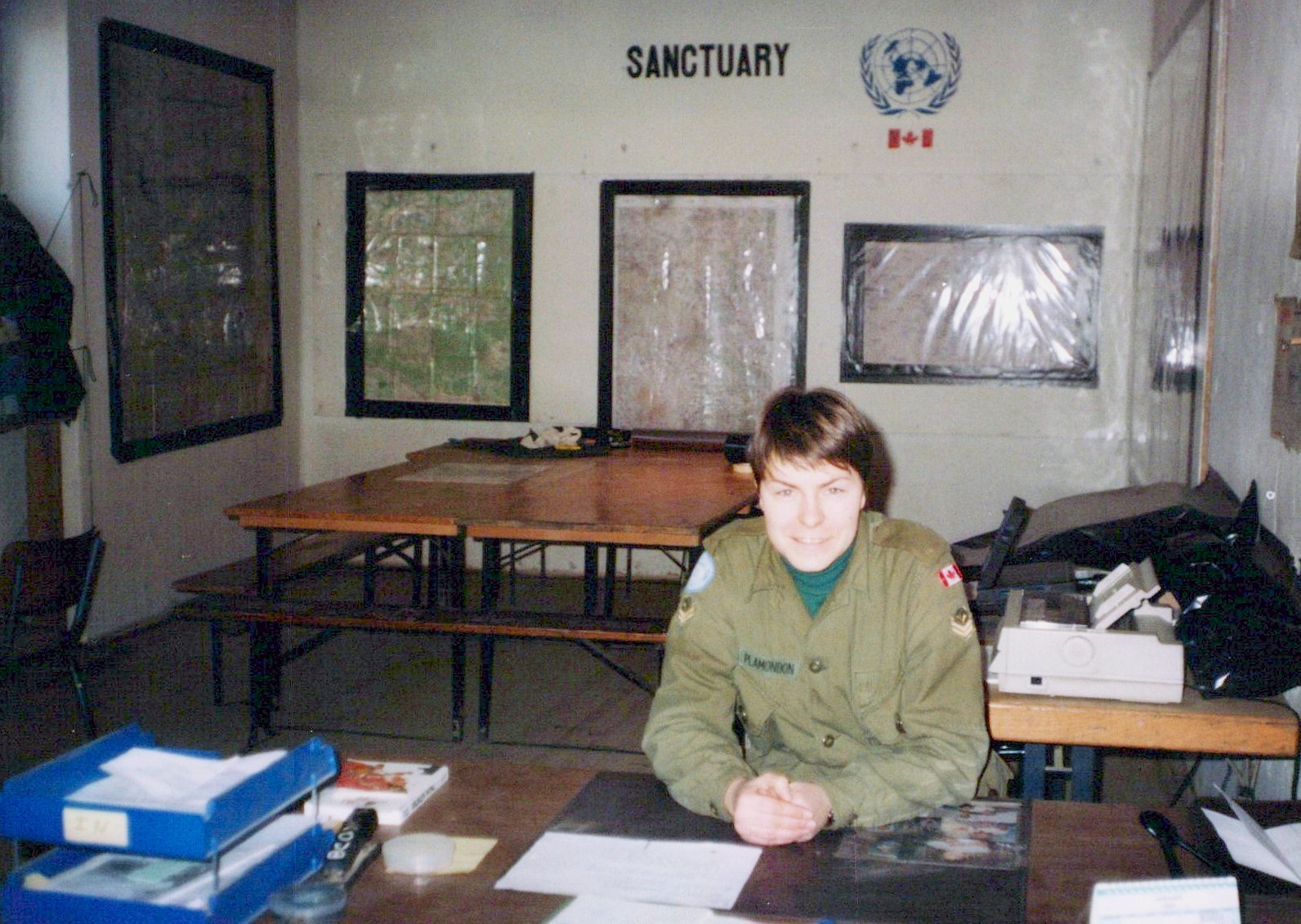Canadian UN Missions in the Balkans, 1991-2007, Patrick-Aurel Fournier
WARNING: Due to the nature of the conflict and operations in the Balkans, some of these veterans' stories may contain graphic or disturbing content. Please use your discretion. If a story adversely affects your mental health, consider seeking help by consulting the agencies listed in the Resources section of this website.
Canadian UN Missions in the Balkans, 1991-2007
By Patrick-Aurel Fournier
In 1991, unrest between the provinces of Yugoslavia came to a boiling point when Slovenia and Croatia declared their independence from the Federal Republic of Yugoslavia (FRY). Following these declarations, Yugoslavia descended into years of violence that resulted in the creation of six independent countries: Bosnia and Herzegovina, Croatia, Montenegro, North Macedonia, Serbia, and Slovenia, as well as the disputed territory of Kosovo. The people of the former Yugoslavia were forced to experience civil fighting, economic instability, and political unrest as their new nations went through the trials of forming themselves. In response to this instability, the European Union (EU), the North Atlantic Treaty Organization (NATO) and the United Nations (UN) involved themselves in peacekeeping efforts throughout the former Yugoslavia, part of the region of south-eastern Europe known as the Balkans.
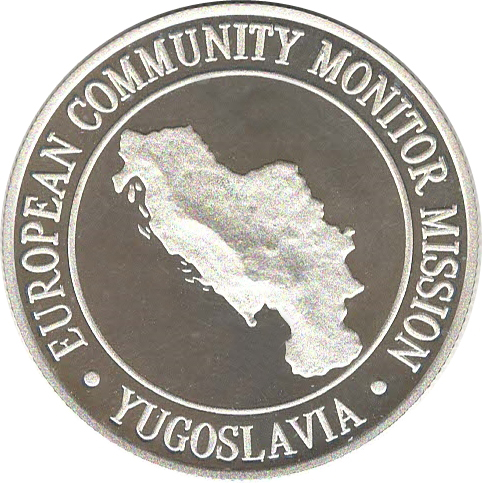
The EU initially responded by establishing The European Community Monitoring Mission in the Former Yugoslavia (ECMMY) with a mandate to protect civilian life by monitoring the ceasefire between Slovenia and the remainder of the FRY. As a member of both NATO and the UN, Canada undertook Operation Bolster to provide aid to this mission by contributing a combined total of 72 officers and support staff over a 4-year period from 1991 to 1994.

In February 1992, due to the ongoing conflict between Croatia & Slovenia, the UN established the UN Protection Force (UNPROFOR) to ensure three UN Protected Areas (UNPAs) in Croatia were demilitarized. In April, Canada contributed a Canadian Battle Group (CBG) of 860 infantry members to the mission. Canada also provided an engineer regiment, a logistics battalion, and twelve forward air controllers to UNPROFOR. By summer of 1992, the start of the Bosnian War in neighboring Bosnia and Herzegovina had intensified. In response, UNPROFOR’s mandate was expanded into this territory by the Fall. The CBG was responsible for securing the airport in Sarajevo, the capital of Bosnia-Herzegovina, and holding it secure for 30 days. In September, an additional Canadian battalion of 800 members was sent to Bosnia and Herzegovina.
By March 1993, aggression in Croatia had peaked. In 1991, Serbian rebels in Croatia had declared a third of Croatia’s territory to be an independent Serbian State and fighting over this territory was constant until 1993. Reports also indicated ethnic cleansing of Croatians and other non-Serbs in the region by Serbian rebels. In response to these reports, a new 875-member CBG arrived to help settle territorial aggression shown by the Croatians and avoid any further retributions by Croatian forces. Near the village of Medak, Croatian forces took the high ground by force in early September, leading to a ceasefire. This ceasefire required the Croatian forces who just recently taken this position to evacuate. Defiantly, the Croatian Forces ignored the demand laid out in the ceasefire. As the Canadians entered the Medak Pocket to enforce the ceasefire agreement and see the Croatian forces leave the area, Croatian forces opened fire on the CBG from their high ground. After heavy fighting throughout the night, the CBG was able to suppress the attack by the Croatians. Canadian commander Lieutenant-Colonel James Calvin held an emergency press conference the next day to pressure the Croatians to relent any future attacks, which ultimately allowed the Canadians to enter the Medak Pocket. During this battle on the 15th and 16th of September 1993, four Canadians were wounded.
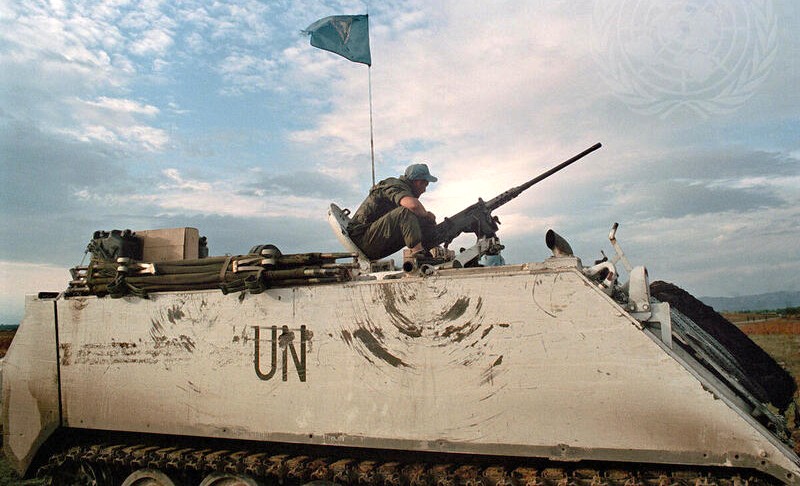
(UN Photo)
United Nations M113 armed personnel carrier manned by Canadians, "digs in" at Medak Pocket in Sector South of Croatia. September 1993.
By 1995, the situation in the Balkans was just as murky as it had been in the beginning. In response to the continued unrest, the UN was forced to restructure their UNPROFOR mission. On 31 March, 1995, UNPROFOR formed three distinct peacekeeping operations in the area: UNPROFOR for Bosnia and Herzegovina, the UN Preventive Deployment Force (UNPREDEP) in Macedonia and the UN Confidence Restoration Operation (UNCRO) in Croatia. A Canadian infantry battalion group was sent to serve UNCRO in the Krajina region, whose mission was to enforce a ceasefire agreement from March 1994. However, their aid was not needed for long. Croatian forces attacked and overran the Krajina region, which forced UN forces, including the Canadian infantry battalion, to withdraw.

At the end of 1995, a peace treaty was finally signed to end the war in Bosnia and Herzegovina, showing a light at the end of the tunnel towards peace in the area. The peace treaty, known as the Dayton Accords, included having NATO create a 60,000-member Implementation Force (IFOR) and launch Operation Joint Endeavour to help implement the treaty. Over a period of two six-month rotations, the Canadian Armed Forces (CAF) would contribute more than 1,000 troops to the mission, including armoured vehicle troops, engineers, infantry, medical personnel, and military police. Their purpose was to supervise the withdrawal and separation of the forces that had previously been at war, as well as to establish freedom of movement in the area for civilians.
Aside from the Canadian infantry support throughout the years, the CAF would also make contributions elsewhere. During Operation Sharp Guard (1992-1993), CAF would contribute warships to the naval blockade in the Adriatic Sea organized by the United Nations and Western European Union. In the air, the CAF would also provide Canadian pilots during Operation Decisive Endeavor (1995-1996) who were tasked with helping enforce the NATO “no-fly” zone over Bosnia during Operation Decisive Endeavor (1995-1996), as well as Canadian warships in Operation Sharp Guard (1992-1993).

IFOR was eventually replaced by the NATO Stabilization Force (SFOR) in December 1996. SFOR was tasked with creating a safe environment for both international agencies and local authorities as Bosnia and Herzegovina evolved into a democratic country. Of the 12,000 NATO troops who were involved in this mission, 1,200 were Canadians, who were once again serving on a six-month rotation. Canada additionally contributed six CF-188 Hornets to Operation Determined Force, which took place in October 1998. These Hornets were charged with enforcing another “no-fly” zone over Bosnia. Canadian contributions would grow to 18 Hornets once NATO launched Operation Allied Force in March 1999 to force Serbian forces to stop military action against Kosovo.
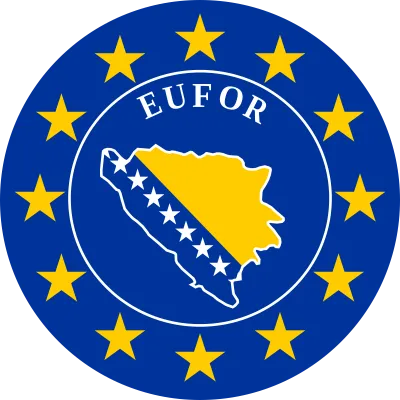
Ultimately the humanitarian and safety situation improved over time, leading to NATO reducing the size of its involvement in the Balkans. By the end of 2004, the NATO missions transferred to an EU mission (EUFOR), resulting in even greater reductions in the Canadian contribution. By March 2007, Canada ended its involvement in EUFOR. Since the beginning of the conflicts in the Balkans in 1991, nearly 40,000 Canadian military personnel served in the region on countless peace support missions. Unfortunately, 23 Canadian Forces members made the ultimate sacrifice in the Balkans and lost their lives while attempting to protect the lives of civilians and defend the reconstruction and stabilization of the region.
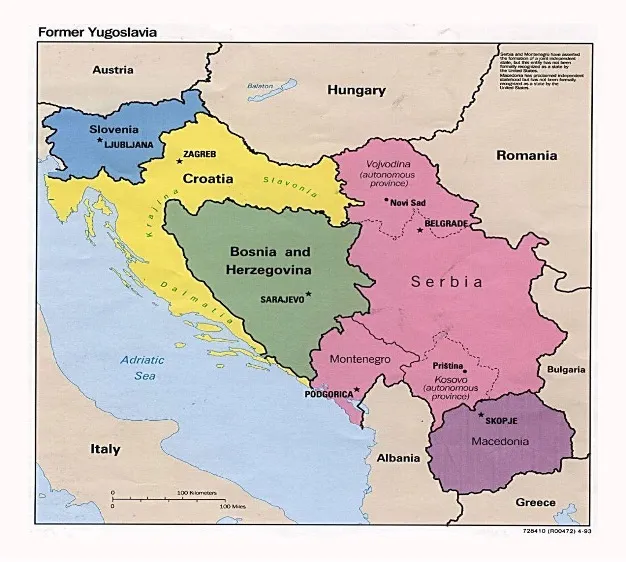
Have feedback or a story to share?



